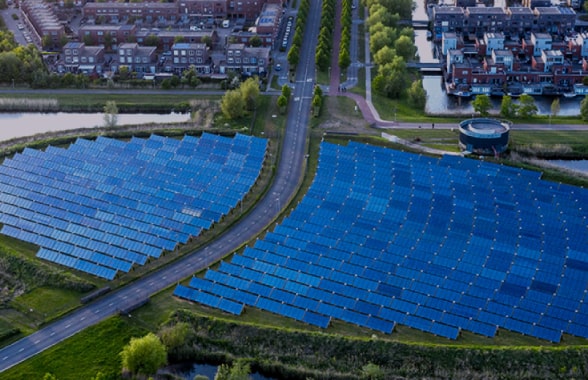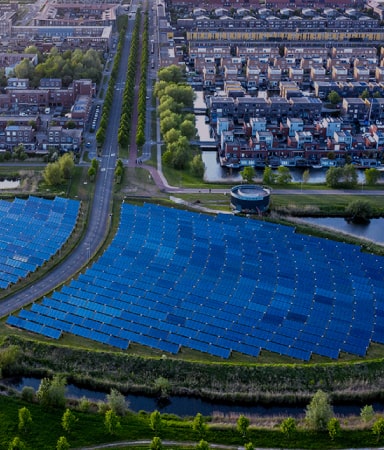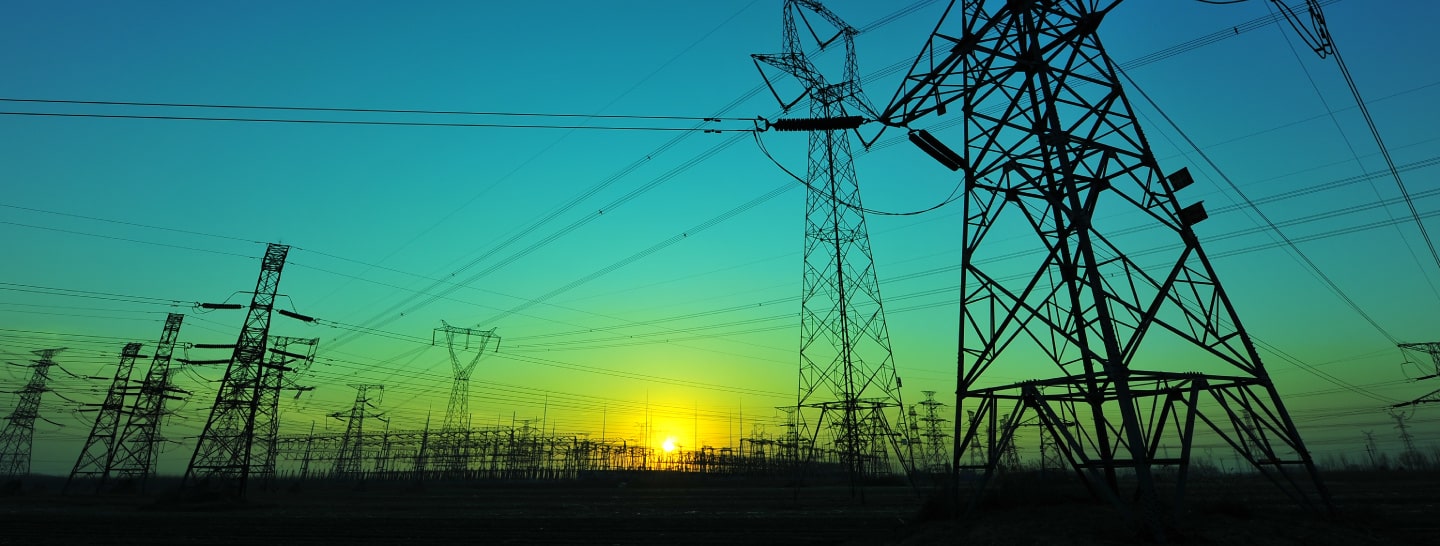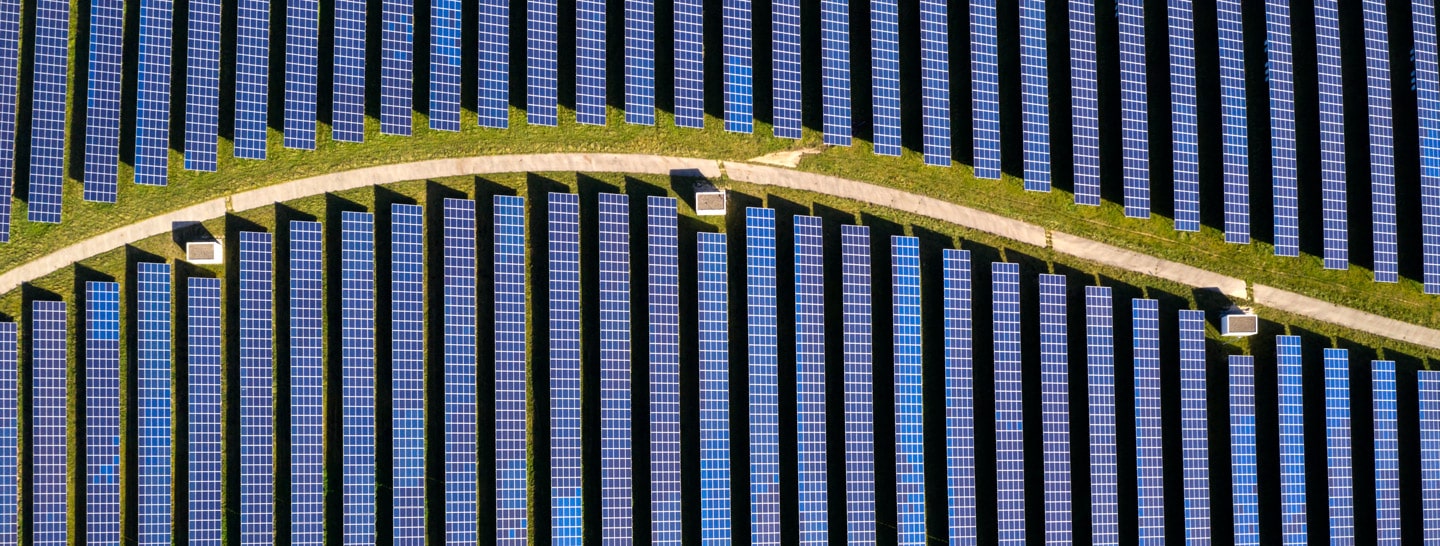
Benefits of Demand-Side Flexibility
Energy customers can achieve Demand-Side Flexibility, for instance, by taking part in a Demand Response (DR) program whereby utilities or grid operators pay commercial and industrial consumers to modulate their energy consumption in response to peaks in electricity demand.
Demand Response is becoming increasingly important because these programs allow utilities and grid operators to adapt to a new energy scenario involving intermittent renewable energy sources like wind and solar by enabling them to offer incentives to companies to be more flexible in their energy demands. Without this flexibility, utilities need to “switch on” fossil fuel powered plants to meet peaks in demand or the inevitable dips in supply from fluctuations on days with no sun or wind.
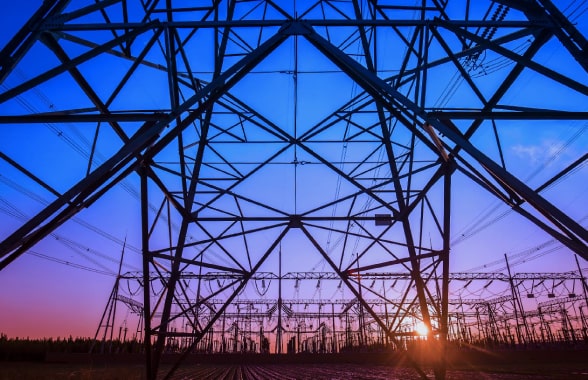
First-ever study to quantify benefits of DSF
The benefits of Demand-Side Flexibility and DR programs for individual companies are clear. But no attempt has been made to quantify the benefits on an EU-wide scale. For a better understanding of the role DSF can play in the EU energy transition, smartEn, the European business association integrating the consumer-driven solutions of the clean energy transition, commissioned the first study on the topic from DNV, an independent assurance and risk management provider. Called “Demand-Side Flexibility in the EU: Quantification of benefits in 2030”, the study quantified how the EU would benefit from fully deploying DSF as the region moves forward with its goal to achieve a 55% GHG reduction by 2030.
"We sponsored this study because as a global leader in Demand Response, we see a lack of awareness about the potential of DSF. We therefore believe that this pioneering study on quantifying the benefits of DSF can fill this gap and motivate the market to increasingly embrace DSF resources, creating value for both the electricity system and consumers," Enel X Head of Flexibility Solutions and smartEn Vice President Daniele Andreoli at a conference on September 28 to present the study.
As Daniele Andreoli explains in an interview readable here, “huge progress has been made” in the speed of Demand Response technologies thanks to digitalization over the last decade.


The study represents a pivotal milestone for further development of demand-side flexibility solutions, as it clearly reveals and quantifies the crucial role of flexible consumption to reach the energy transition in a sustainable and cost-effective way.
Enel X Head of Flexibility Solutions and smartEn Vice President
Key takeaways from study
The study’s findings demonstrate that DSF can have a huge potential impact in meeting energy needs and sustainability targets. In terms of supply, the study’s model suggests that in 2030 the energy system would lack at least 60 GW of generating capacity needed to cope with peak demand. Load shifting and load curtailment (which are components of DSF) could compensate for the lack of supply. Moreover, enabling 60 GW of DSF would save €2.7 billion annually compared to installing 60 GW of new capacity.
For the electricity grid, DSF at the EU27 level would result in €11.1–29.1 billion savings in investments annually between 2023 and 2030. This represents between 27% to 80% of today’s forecasted investment needs in low and medium voltage distribution grids to integrate new loads and RES capacity.
For consumers, there would be a direct potential savings of more than €71 billion per year on electricity consumption. Indirect annual savings from lower electricity costs for people, communities and businesses could reach €300 billion.
The wholesale benefits include a significant reduction in greenhouse gas emissions (which of course is a benefit to communities too). “In the year 2030, 37.5 million tonnes (Mt) would be saved in annual greenhouse gas emissions – i.e., 8%, nearly 84 kilos per capita, meaning that the power sector could exceed the ‘55% by 2030’ target,” says the study.
